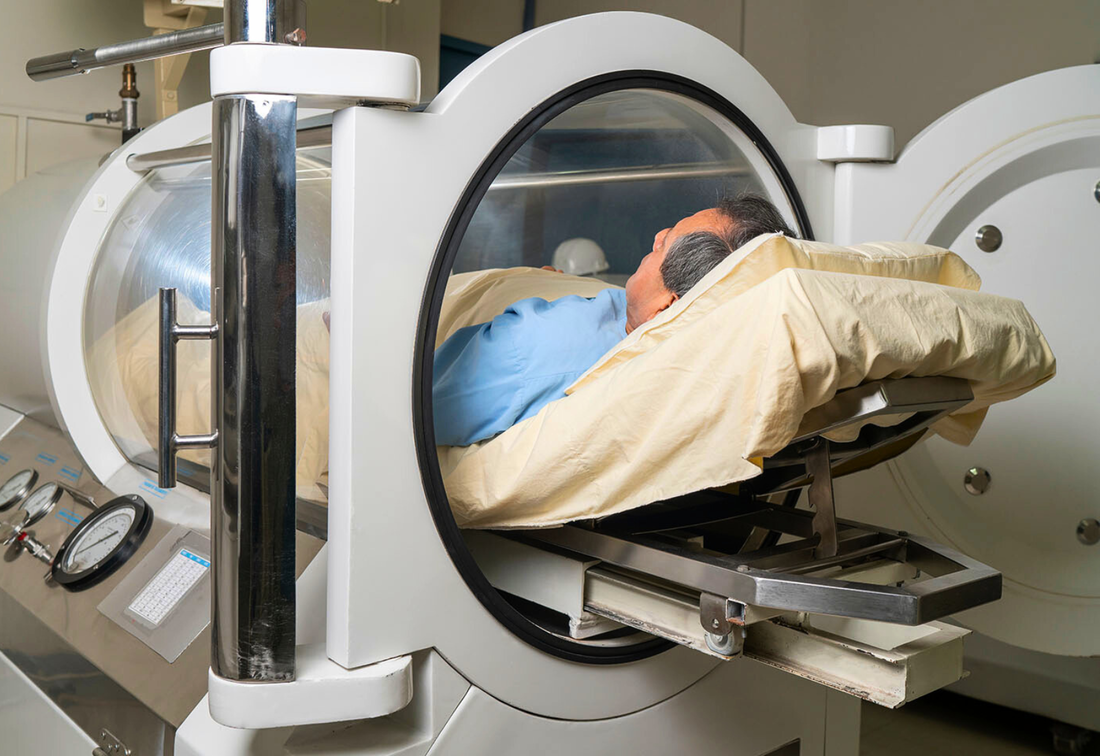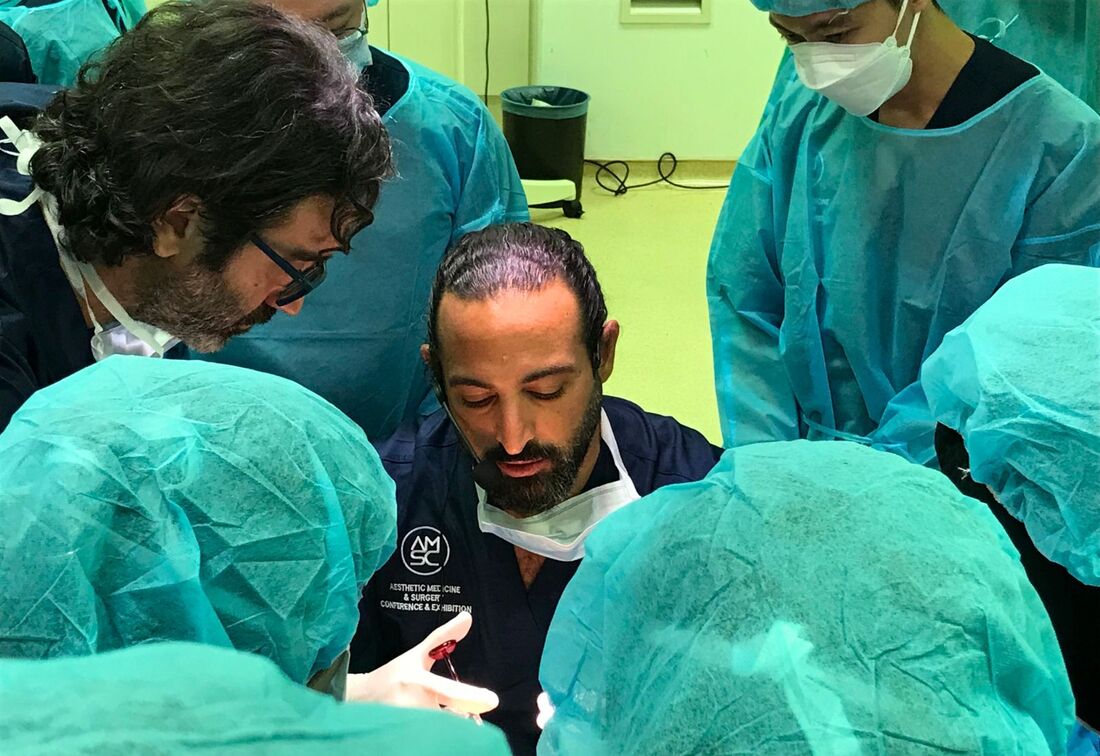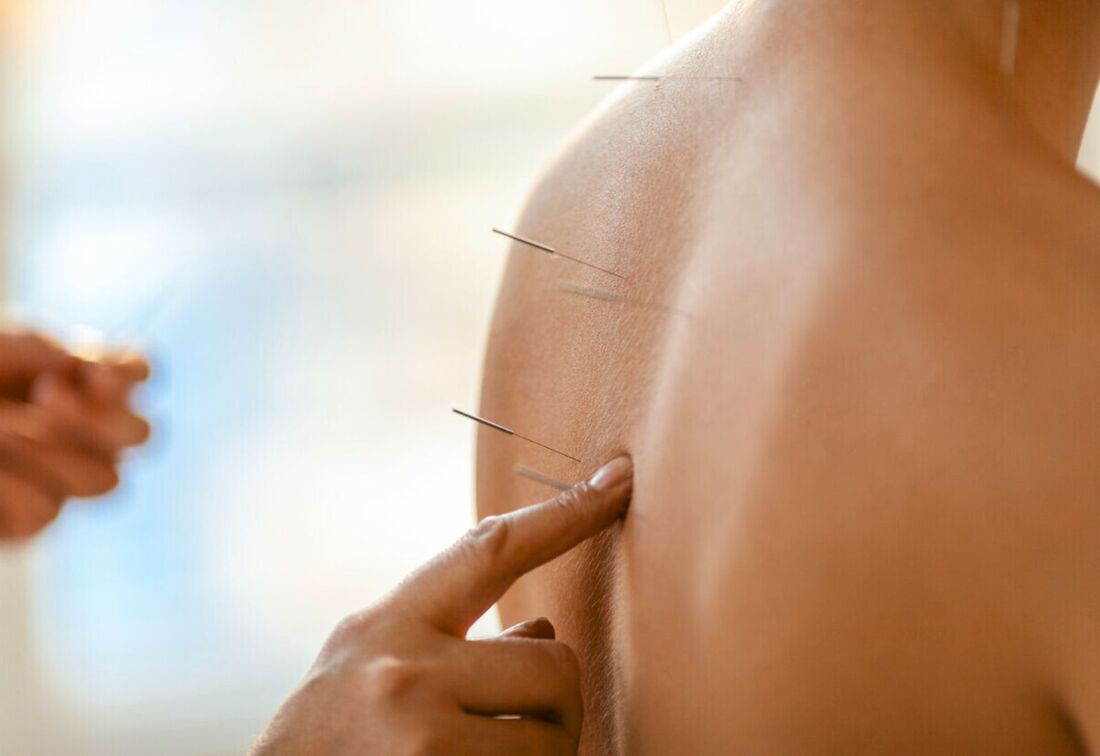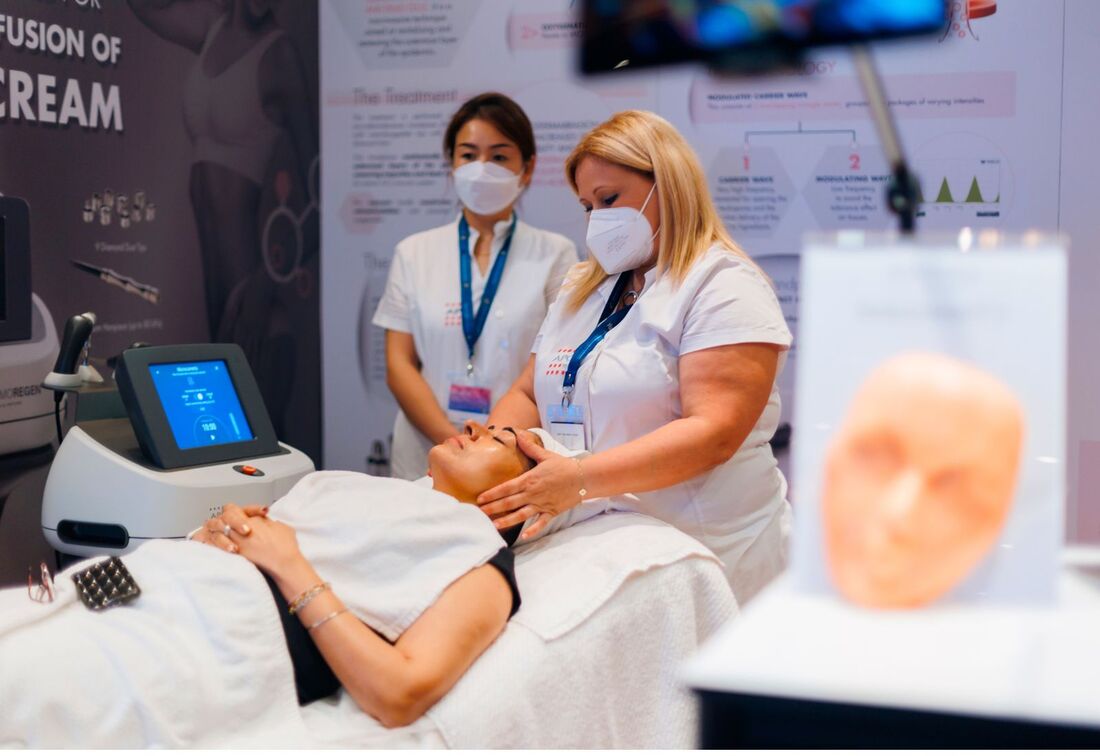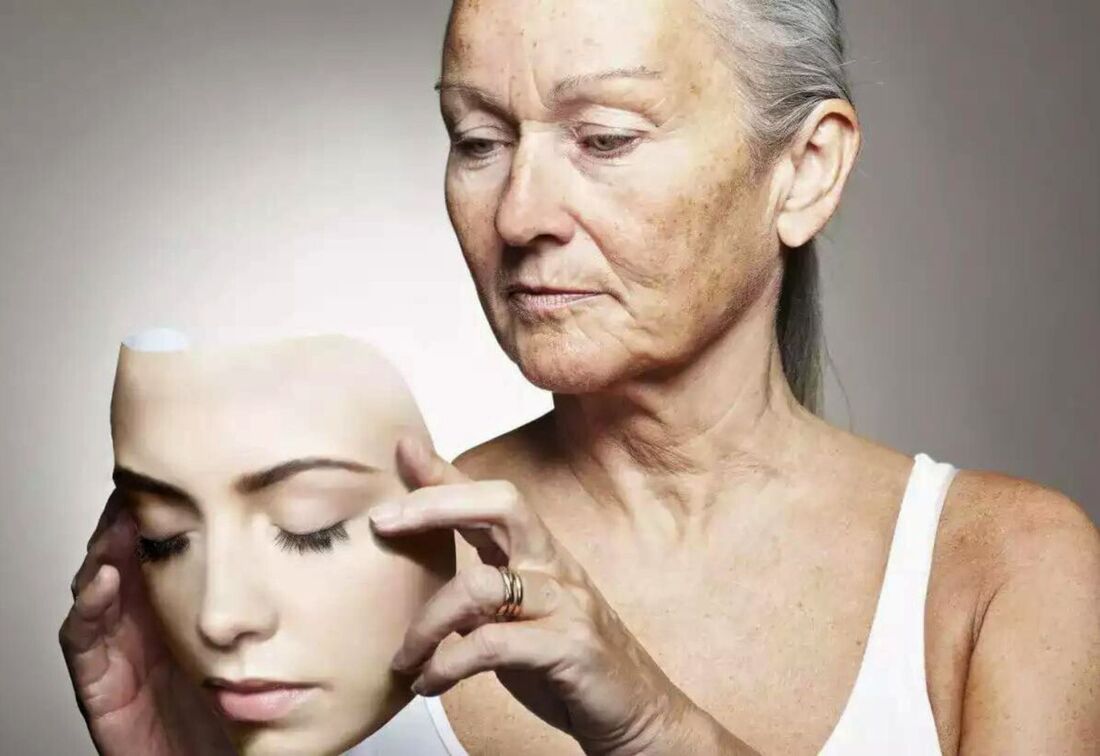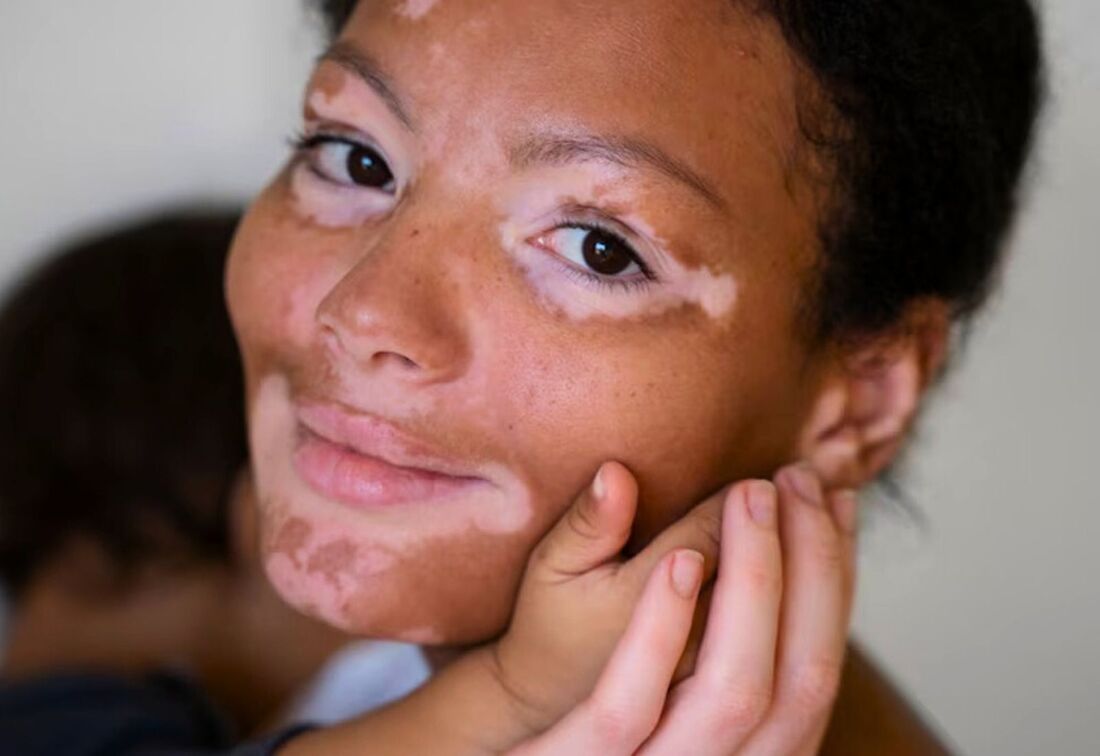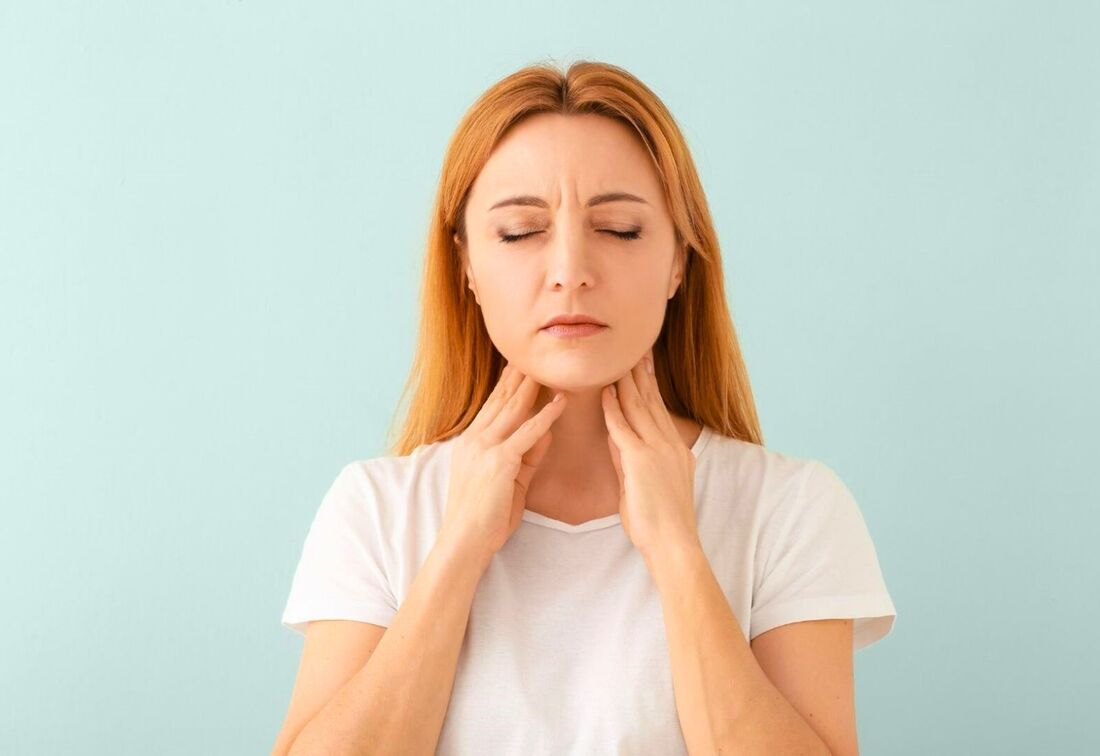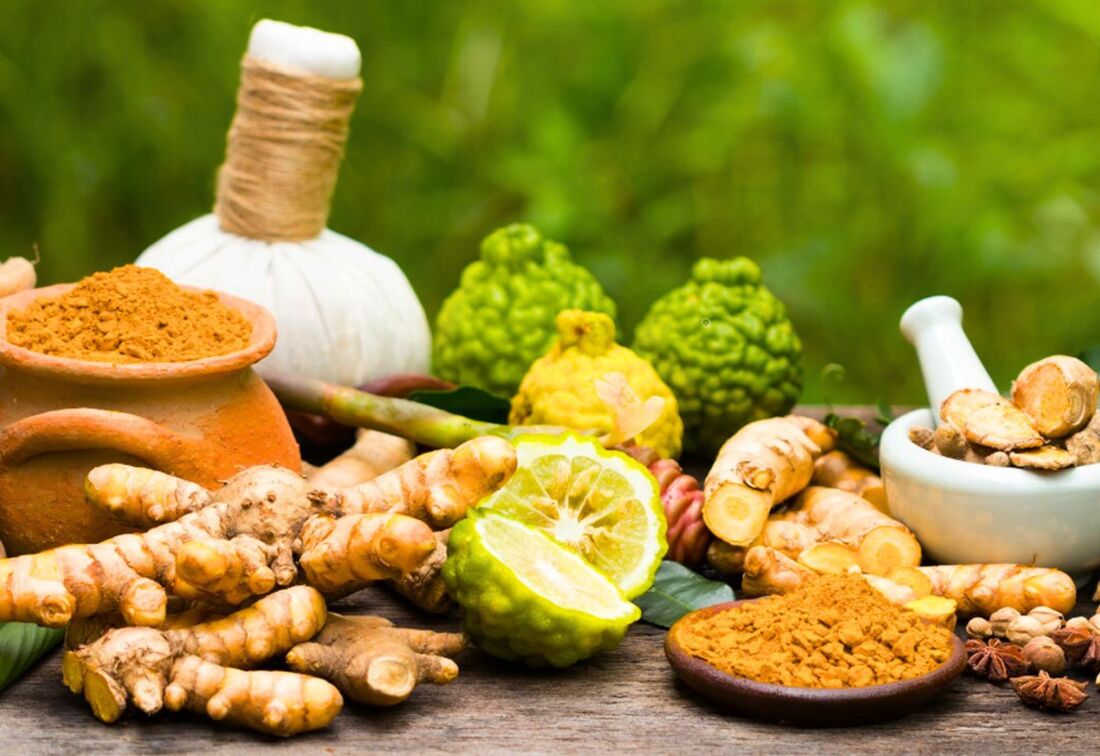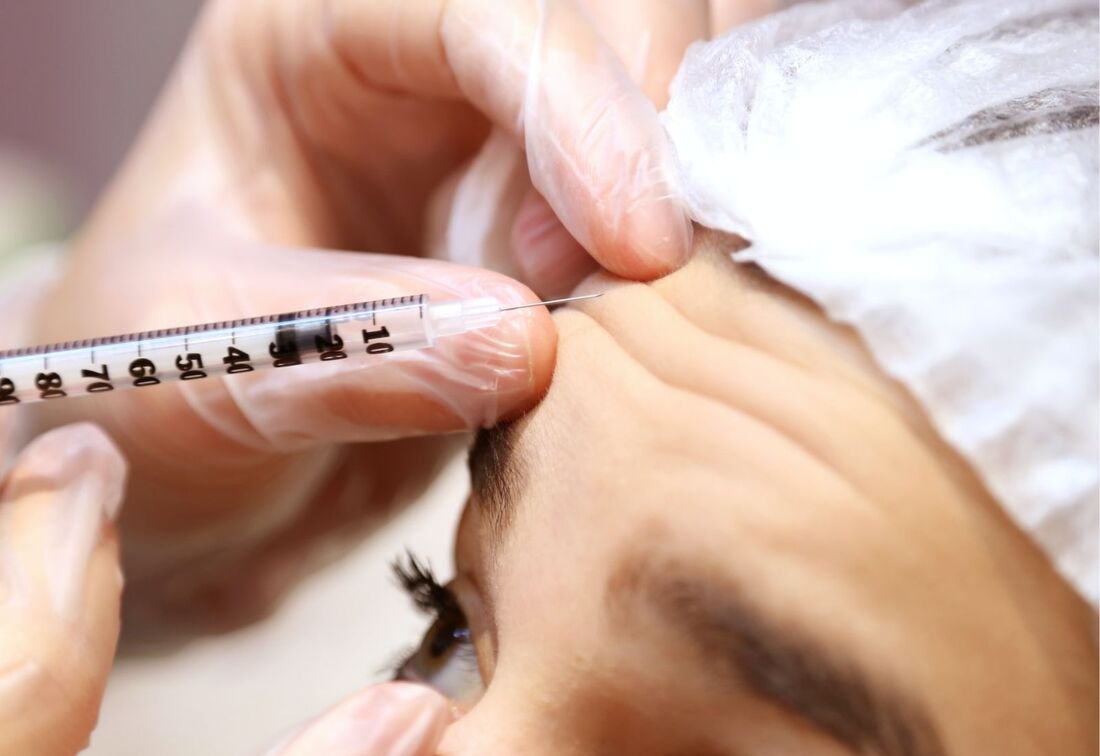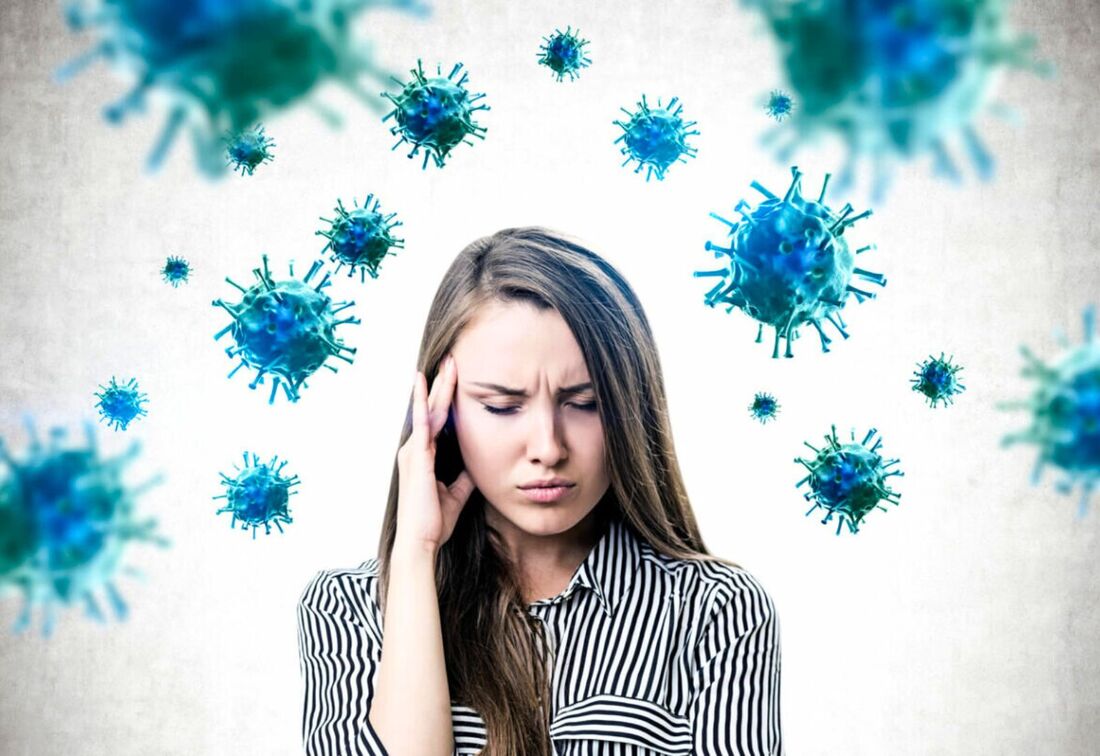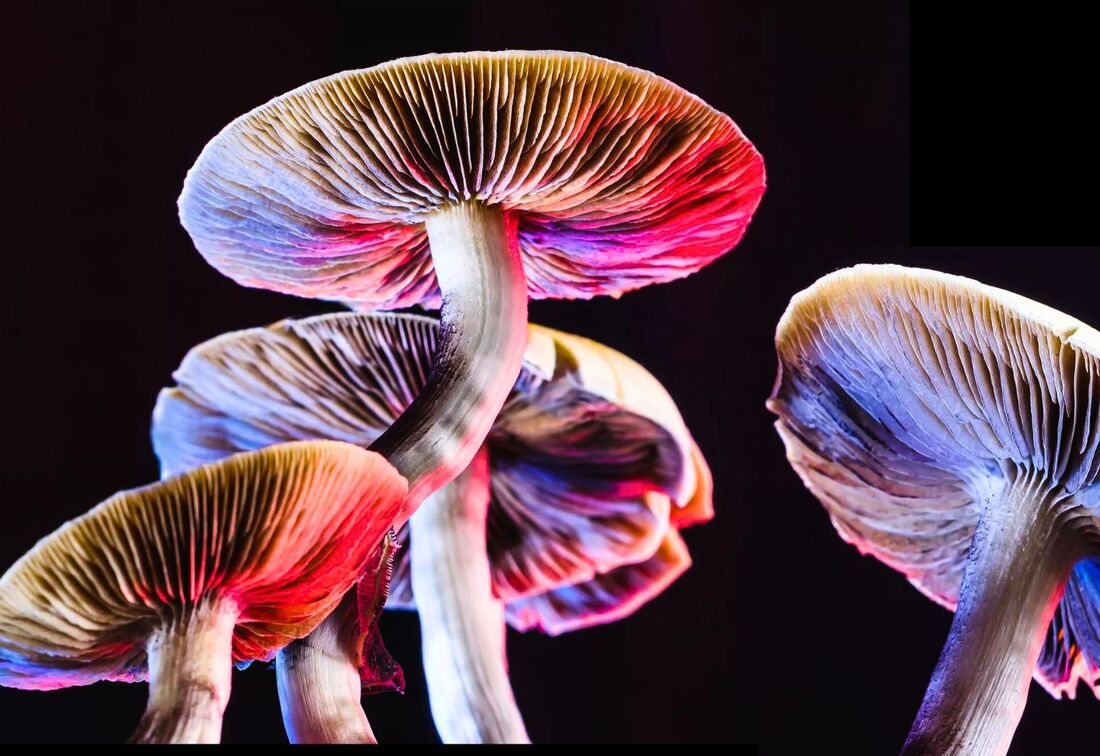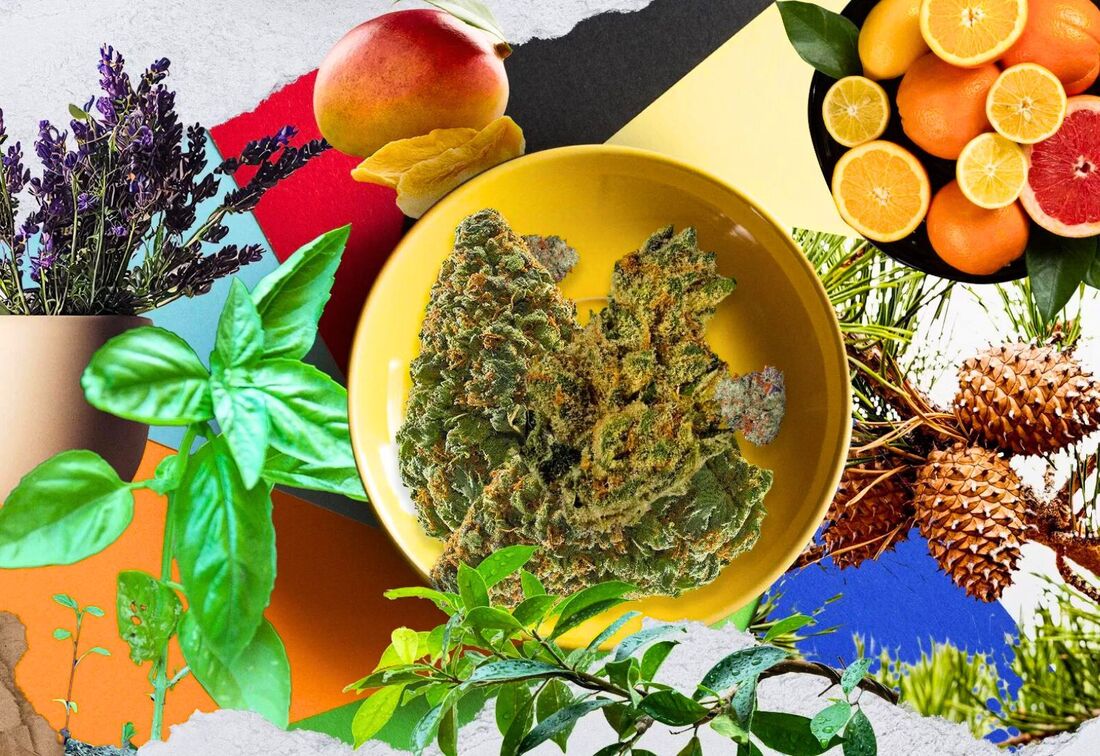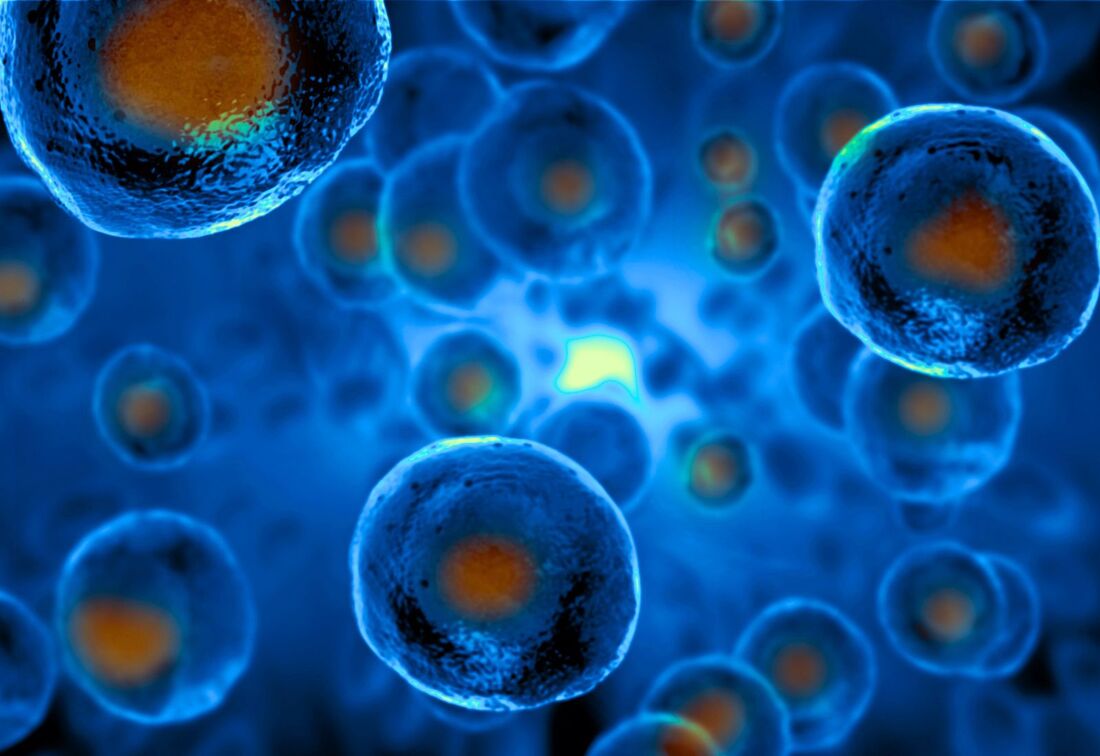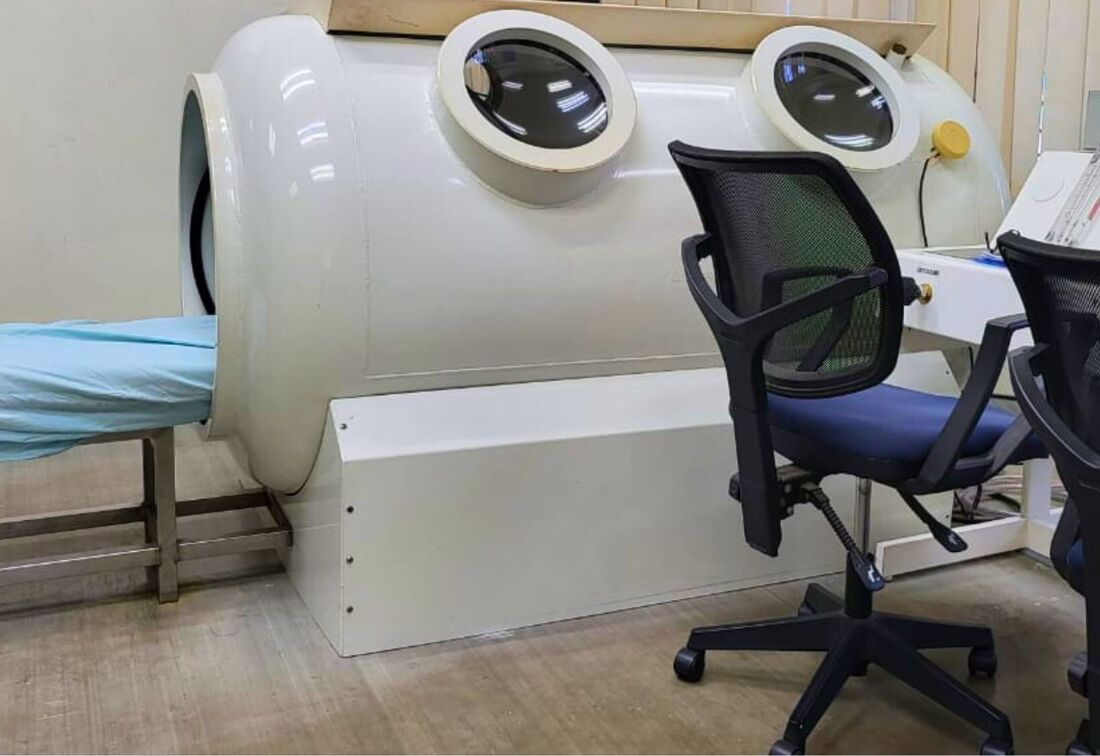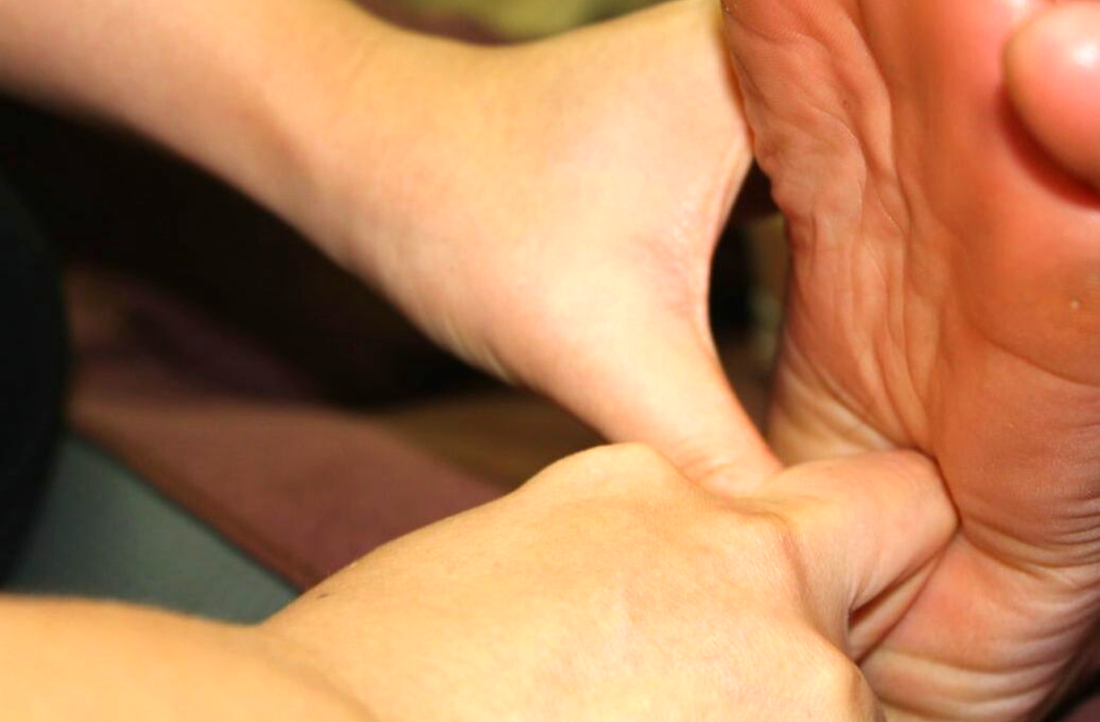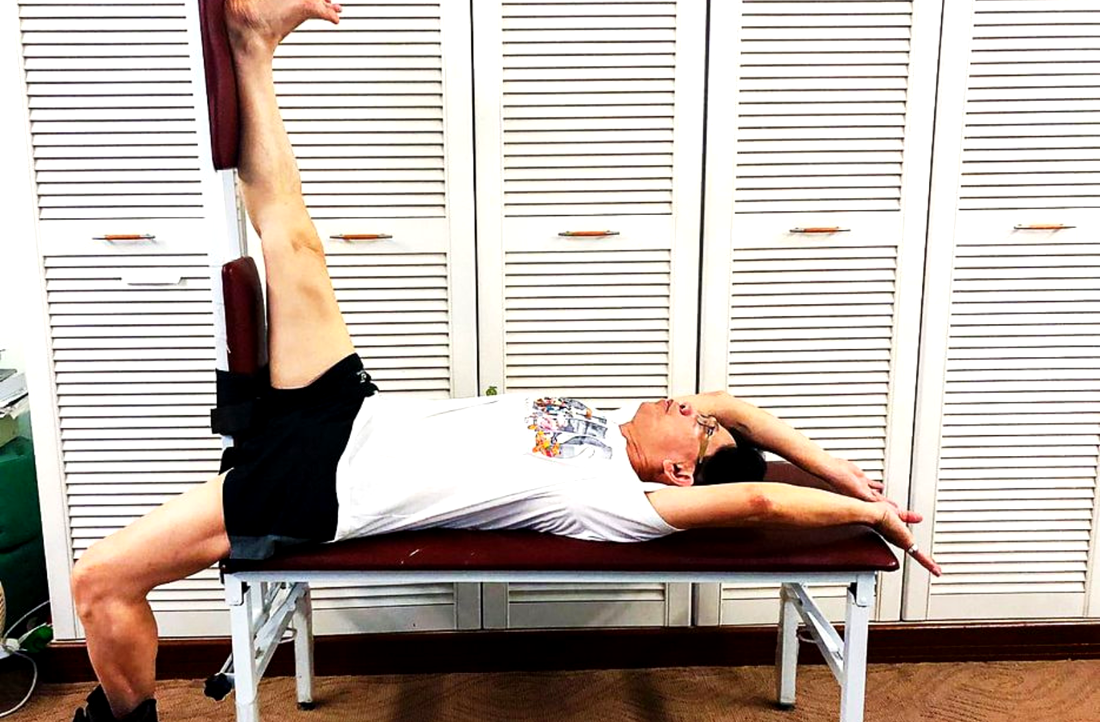Are your daily food choices creating a cycle of oxidation and illness?
November 12, 2025
No matter how hard a doctor tries, he or she cannot maintain a patient's health over time just by doing checkups and treating diseases. Long-term health is the result of healthy attitudes and habits. Improving one's daily lifestyle is fundamentally more important than counting on the efficacy of surgery or medication.
The foundation of health A healthy lifestyle is a simple set of new habits that will enable you to enjoy vital good health into very old age. In order to do this, it might be necessary to completely change the dietary habits and lifestyle you have pursued until now. When people become sick, we often see them grieve over why they became sick. Being sick is not a test or punishment imposed by God. In most cases it is not preordained by genetics; rather, almost all illness is the result of each person's habits that have accumulated over time. Redefining true health Do you consider yourself to be a healthy person? Not many people can answer this question with an unqualified "yes." Not many, because not being sick is not equivalent to being healthy. Even people who consider themselves healthy are often troubled by such problems as chronic constipation, insomnia, and stiff neck and shoulders. Quality versus quantity of life The average life expectancy rose dramatically, one could say this is a very positive trend. However, these numbers do not accurately reflect people's true health. For example, a 100-year-old person leading a healthy life and a 100-year-old who is sick and bedridden both count the same in life expectancy averages. Both are exactly the same age, but they do not have the same quality of life. Very few people would want to live a long life if they were bedridden and suffering. Only when they are healthy do most people really want to live long lives. As one becomes older, even a healthy person's body will deteriorate. However, being sick and having your body experience a natural decline are two totally different things. The daily accumulation of health The difference between a healthy centenarian and one who is bedridden is a difference in eating and living habits that accumulate over that century. In short, whether a person is healthy or not depends on what that person eats and how that person lives day to day. What determines a person's state of health is the daily accumulation of things such as food, water, exercise, sleep, work, and stress. The McGovern Report's findings Despite medical advancement, the number of people getting sick, especially with cancer and heart disease, continued to increase every year. In 1977, a very interesting report about food and health was published in America. With top medical and nutritional specialists of the time, the results and data were compiled in the 5,000-page McGovern Report. The report concluded that many diseases were caused by wrong dietary habits and at that time in the US, a high-protein, high-fat diet, such as thick cuts of steak or high-fat hamburger meat for dinner, was fairly common. For that reason, eating food rich in animal protein was thought to be good, not only for athletes and growing children, but also for the physically weak and elderly. Debunking meat myths The common belief that if you do not eat meat, your muscles will not develop is demonstrably untrue. As proof of this, just look at nature. It is also untrue when we are told that we will not grow taller if we do not eat meat. Elephants and giraffes are several times taller than lions and tigers, but they are herbivores. The impact of meat on aging Perhaps you are not willing to cut back on eating meat. That does not change the fact that meat has a harmful effect on your health and speeds up the aging process. When the exterior of our bodies starts showing physical change, we tend to take the changes more seriously. Balding, wrinkles, fat, and sagging skin upset people and motivate them to spend time and money trying to treat these conditions. The dietary connection to health Illnesses, life, and health are the result of what you eat on a daily basis. However, in modern Western medicine, patients are hardly asked about their dietary history. People who will undoubtedly develop lifestyle-related diseases at some point in their lives characteristically smoke cigarettes, consume alcohol every day, eat a lot of meat and hardly any fruits or vegetables, and consume dairy products such as milk and butter, especially from an early age. The type of illness they develop will depend on their genetic predisposition and environment. Prevention before symptoms You may not immediately develop an illness if you eat particular types of food. You cannot feel relieved just because no symptoms have appeared until now. Right now, we are surrounded by a wide range of different types of foods. If you want to live a long and healthy life, you have to realize that you cannot choose what you eat simply because it tastes good. Understanding food oxidation Your body will become oxidized if you continue eating oxidized foods. Fresh foods are considered good for the body because, aside from containing many enzymes, they are not oxidized. Oxidation occurs when matter bonds with oxygen and "rusts." You may wonder how food, which is not metal, could rust, but we see food rusting on a daily basis. Examples of food oxidation For instance, when we fry something, the oil used becomes discolored and black. Also, apples and potatoes change color and become brown shortly after their skins are peeled. This is attributed to oxidation, the effect of oxygen found in air. Free radicals are created when these oxidized foods enter the body. The body's defense mechanism When free radicals increase too much, our bodies are equipped with the means of neutralizing them: antioxidant enzymes. The type of enzyme that performs this function is called SOD (Super oxide dismutase). However, when you pass the age of 40, the amount of SOD in your body suddenly decreases. In short, if you continue to eat oxidized foods, it will create large numbers of free radicals in your body, leading to a vicious cycle of non-neutralized free radicals causing illness. In contrast, if you eat fresh food rich in enzymes, in addition to limiting the amount of free radicals produced, you can also limit the depletion of source enzymes in your body. This will lead to a positive cycle that will steadily increase your life energy. The truth about oils People who live in countries near the Mediterranean Sea, like Greece and Italy, have widely cultivated and used olives and olive oil. Thinking vegetable oil is safer, people these days use it instead of animal fat. All people need to be extra careful about the amount of fried foods they eat. As I said earlier, frequent consumption of vegetable oil that has been artificially extracted is bad for the body. Guidelines for fried food consumption But if you find it impossible to stop eating fried foods, you should at least try to cut down on the number of times you eat it. The aim should be to refrain from eating fried foods more than once a month, at most. If you can't resist eating the outer oily parts, you should at least try to chew well. Chewing well and mixing the oily food with saliva helps neutralize trans fatty acids to a degree. Nevertheless, fried foods generally will exhaust your body's enzymes. Moreover, oxidation occurs extremely quickly in foods cooked in oil. Since oils are not normally good for your body, you should never eat fried foods that have been around for a while, like those found in many fast-food restaurants. What our teeth reveal about diet As explained earlier, the ideal balanced meal consists of 85% plant and 15% animal foods. Teeth reflect what type of food every species of animal should eat. For example, the teeth of carnivores are all very sharp, like canine teeth. These are well-suited for ripping the meat off the bones of their prey. In contrast, herbivores have teeth like incisors, thin and square and suited for biting off plants. They also have molars, which grind up the plants once they are bitten off. The dental evidence for optimal diet Many in the past have asserted that there is a deep connection between types of teeth and ideal diet. From looking at the number of human teeth, humans have a total of 32 teeth (including wisdom teeth). The breakdown is as follows:
You are what you eat If we apply this balance between plants and meats, it comes out to a 7-to-1 ratio, and this is the ratio of a diet of 85% plant-based foods and 15% animal-based foods. Lessons from our closest relatives You may think the vegetable portion is disproportionately large, but take a look at chimpanzees, the animal whose genes most closely resemble human genes (98.7% the same). The diet of chimpanzees is 95.6% vegetarian. The breakdown is 50% fruits, 45.6% nuts and potatoes, and the remaining 4.5% is animal diet consisting mainly of insects, such as ants. They do not even eat fish. While animals, unlike humans, die quickly if they become sick, they instinctively know that food is what supports their life and protects their health. It is necessary for us to learn from nature and, with greater humility, return to the basic fundamentals of food. Balancing health and pleasure However, in order for a person to live a healthy life, it's important for that person to experience a sense of pleasure and well-being. For humans, food is a source of great pleasure. It is not very difficult to continue enjoying your meals if you understand the human body's mechanisms and the laws of nature, and follow these key points. The 95/5 rule for sustainable health If you find joy in eating, it is all right to eat a thick steak or cheese and drink alcohol once in a while. If you let loose 5% of the time and are careful about what you eat the other 95% of the time, it will continue to protect your health, for health is the accumulation of long-term habits. What is important is to follow a healthy and lasting lifestyle that you can enjoy. |
EXPLORE FURTHER
The gut health revolution for overall well-beingThe crucial role of gut health in disease prevention and mental wellness
|
Exploring hyperbaric oxygen therapy: A breath of fresh hopeCan HBOT revolutionize treatment for diverse medical conditions?
|
Unlocking health secrets: The power of tongue and pulse diagnosisDiscover how TCM reveals hidden truths about your health
|
Holistic healing: Unraveling the science of curing from withinThe interconnection of body systems and emotional wellness
|
Join the elite cadaver dissection hands-on masterclass and gain unparalleled expertise in facial aestheticsElevate your clinical practice—register now for AMSC 2024!
|
The role of traditional Chinese medicine in emotional healthExploring the connection between emotional well-being and organ functions
|
Comprehensive stroke management through acupuncture: An integrative approachUnlocking stroke recovery: Acupuncture's integrative power
|
Integrative medicine and medical device regulation: Ensuring safety through licensingAdvancing healthcare through robust regulation and innovation
|
Discover the future of medical aesthetics and dermatosurgery in AMSC Malaysia, September 2024Join the leaders in aesthetic medicine, dermatology and surgery at Kuala Lumpur's premier event
|
Exploring the regulatory landscape of health supplements and natural products in MalaysiaA detailed look at trends and compliance
|
Navigating pro-inflammatory and anti-inflammatory food choices for optimal healthUnderstanding how the right food can heal or harm
|
Slovenian beekeeping: A legacy of healing through nature's pharmacyChestnut honey for wound healing and antimicrobial defense
|
Stem cell therapy in aging and degenerative diseases: A closer look at regenerative medicineIs slowing down cell death the key to aging, or are we playing god?
|
Vitamin D and homeopathic treatment show promise in vitiligo managementCase study highlights role of vitamin D in reversing vitiligo
|
Taiji: The ancient practice revolutionizing modern health and cognitive functionIs Taiji the key to unlocking mental and physical well-being in the 21st century?
|
Understanding thyroid health: Are you aware of the hormones that affect your well-being?How thyroid function influences health and emotions in women and men
|
Traditional Indian martial arts: A force for health and well-beingThe influence, historical significance, and scientific benefits in the modern era
|
Can Ayurveda offer a solution to gastrointestinal issues in autism?The connection between dysbiosis and gastrointestinal issues in autism
|
The potential and pitfalls of natural products in modern medicineTranslating traditional remedies into scientifically proven treatments.
|
The secrets behind the growing popularity and challenges of aesthetic medicineNavigating the risks, complications, financial success and exit
|
The healing potential of homeopathy in cancer treatmentExploring complementary and alternative approaches to cancer care
|
Stress in autoimmune disorders and the homeopathic approach to treatmentObsessive-compulsive tendencies and procrastination: Key traits linked to autoimmune disorders
|
The renaissance of psychedelics: From ancient rituals to modern medicineUnderstanding the historical context and future potential
|
The intricate world of terpenes: Nature's multifaceted marvelsExploring the roles, uses, and medical potential of terpenes
|
Understanding the link between autism and hypoxiaHow oxygen levels during pregnancy may impact autism risk
|
Human or animal stem cells?The pros and cons of autologous, allogenic, and xenogenic stem cell transplants
|
The critical role of stem cells in longevity medicineExploring the intersection of healthspan and longevity
|
Unlocking the power of hyperbaric oxygen therapyDiscover the therapeutic benefits and future potential of HBOT for healing, cognitive function, and overall well-being
|
Beginner's guide: Four key facts on traditional Chinese medicineIs this age-old traditional treatment still relevant today?
|
Exploring the realm of medical cannabis in Malaysia: Navigating legislation, evidence, and potentialWhat sets apart industrial hemp from medical cannabis?
|





